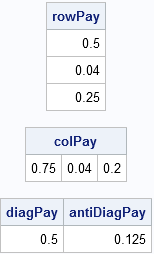
Brian Whittington mentioned last month that government is innovating, and at great speed. Based on what I’ve seen in our line of work with state and local governments around the country in the past year, I have to agree. In the face of today’s daunting fiscal challenges, state and local



























